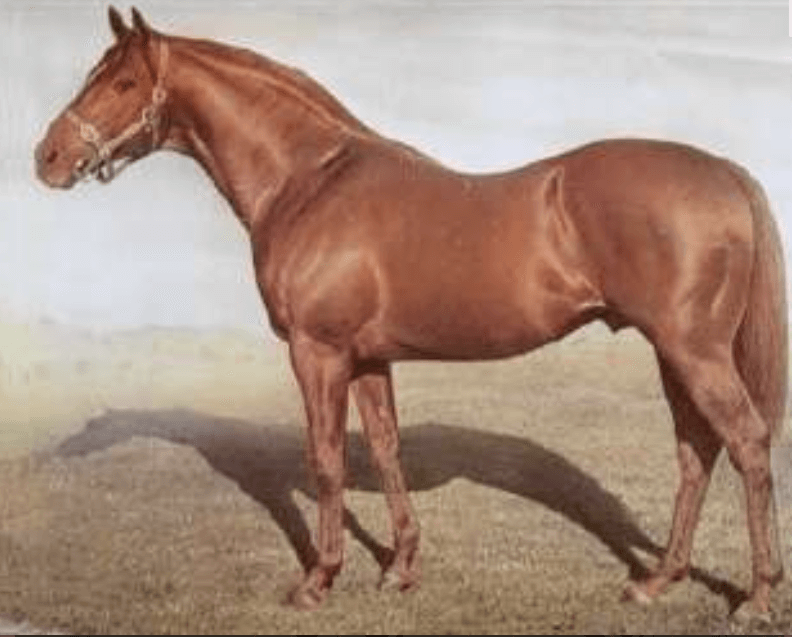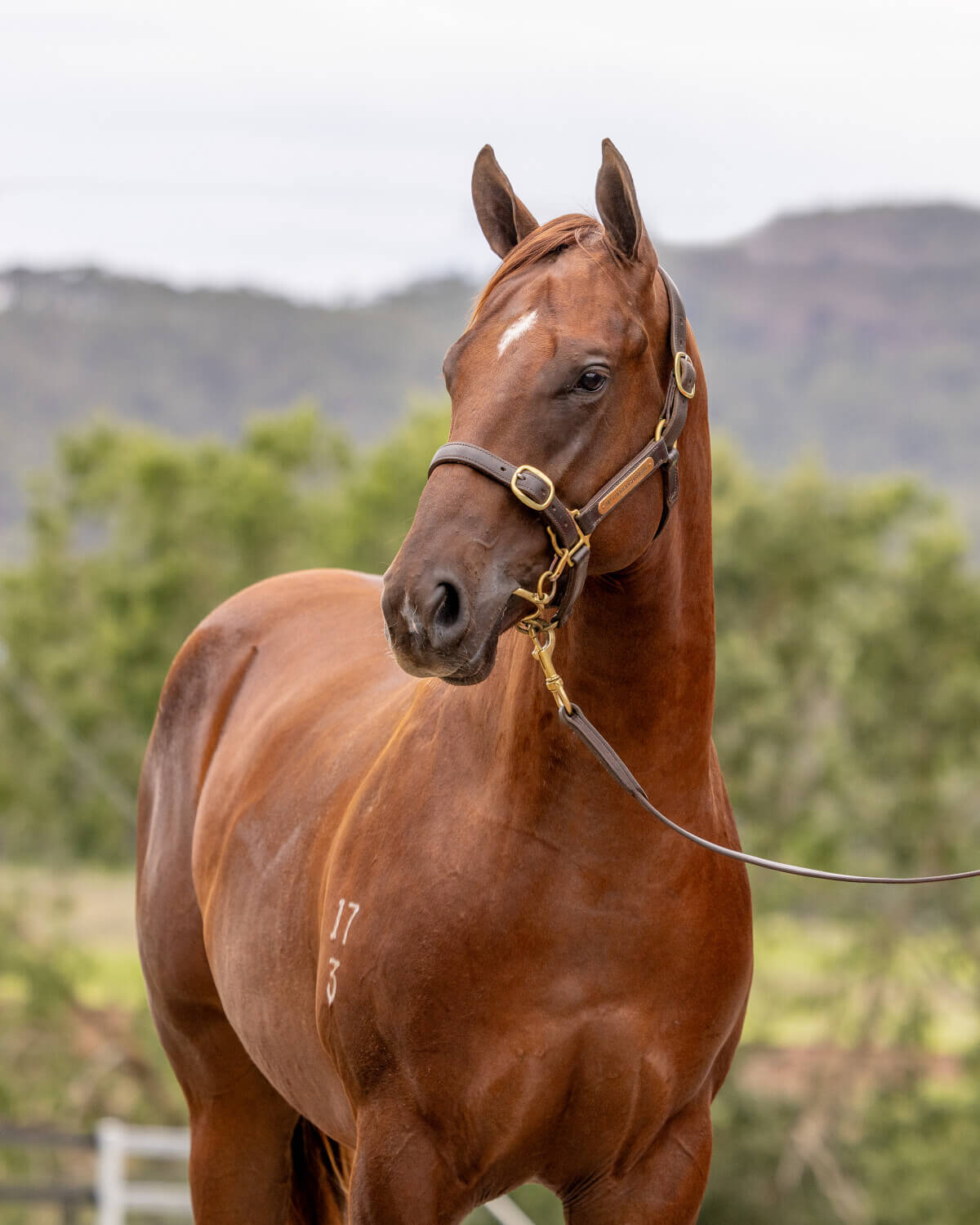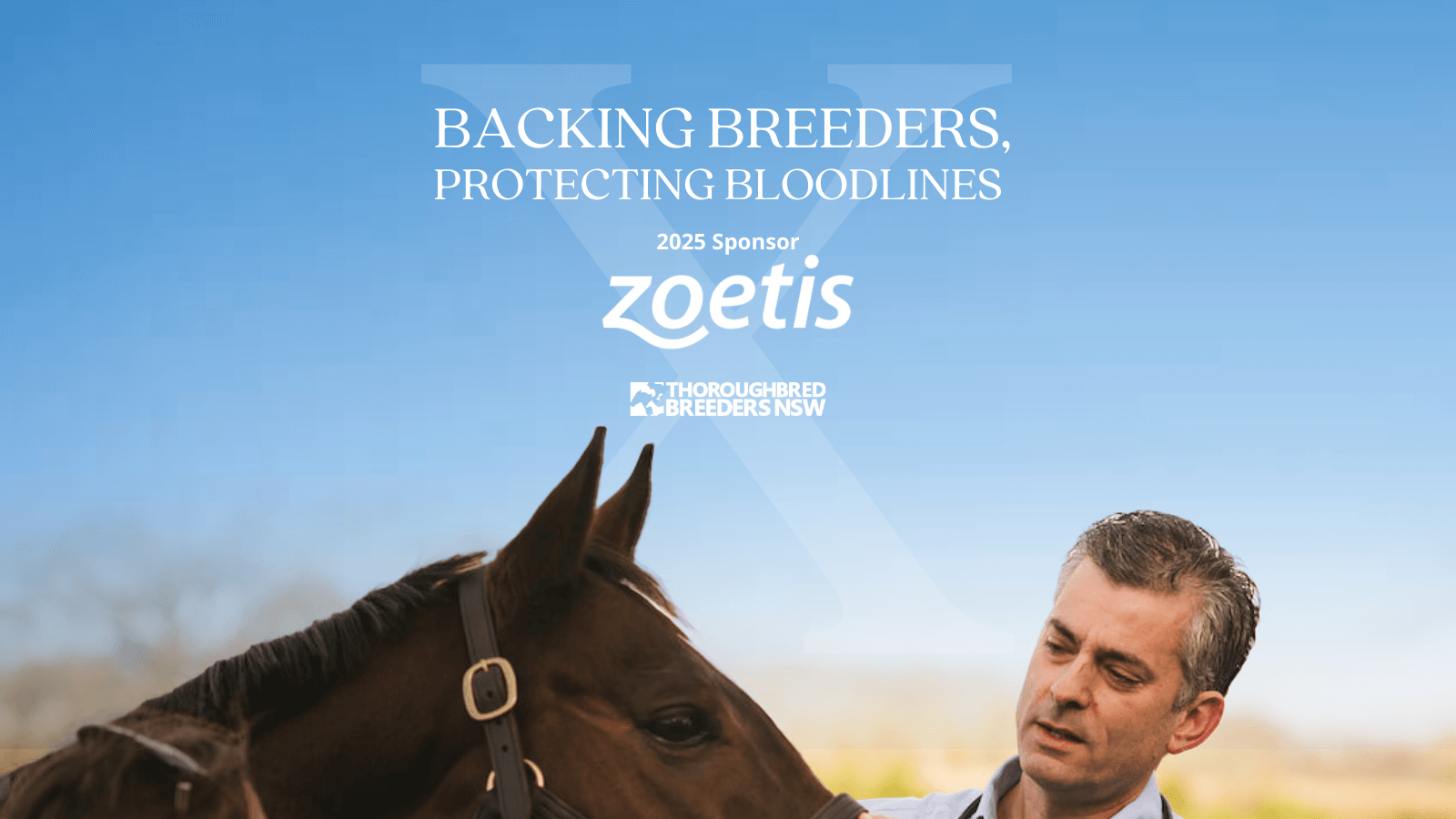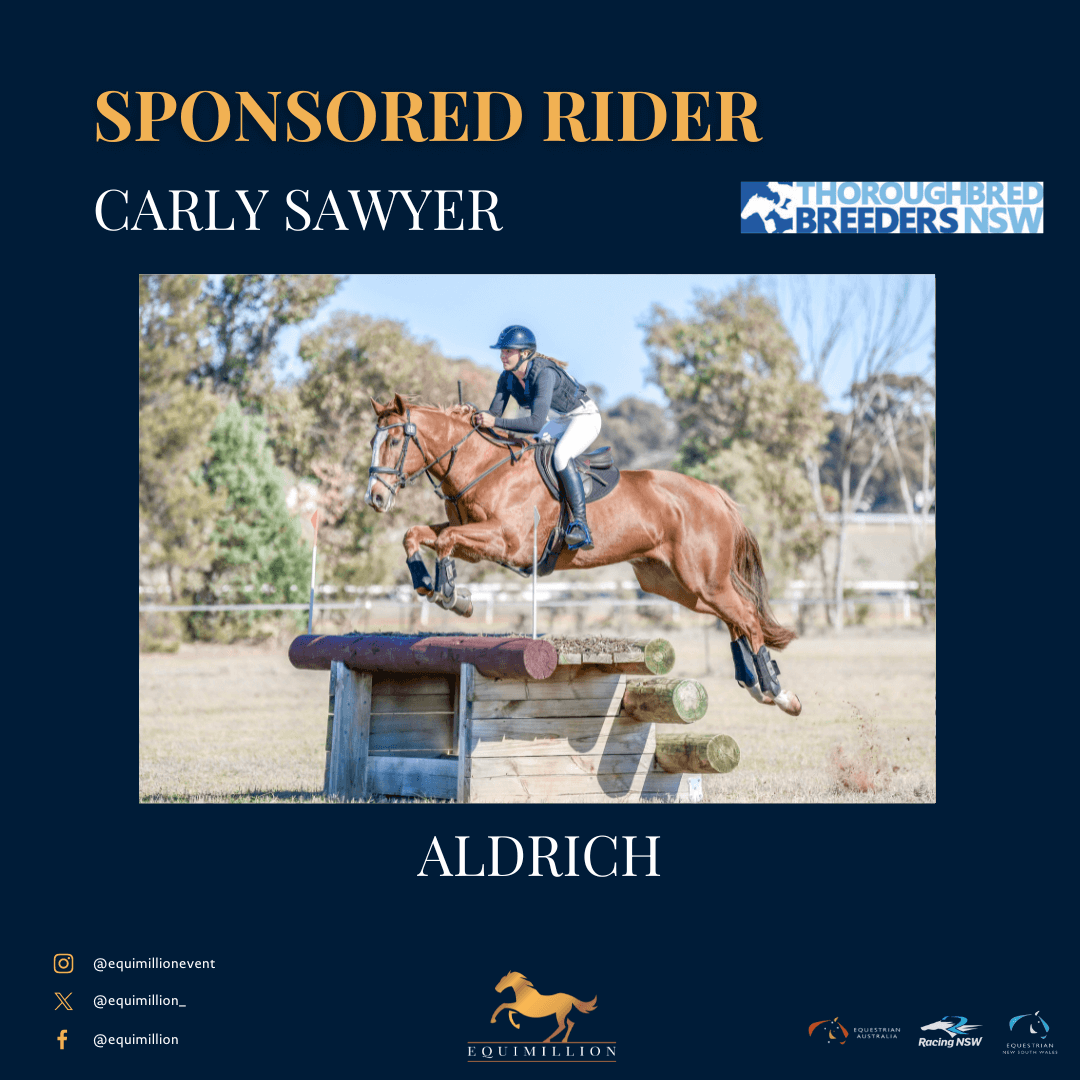In coming issues the Thoroughbred Report will be taking a deep dive into some of Australia’s hottest families and to kick off this series we take an introductory look at some of the best of those; trying to get some handle on what makes them tick.
There is no clear-cut answer to the question of what makes a thoroughbred family great. Why do some families die out, why do others thrive? Why does some racetrack success seemingly come out of nowhere?
Human intervention is key, the thoroughbred is after all a man-made creature and it is they who decide the fate of the breed.
And haven’t some people done a fantastic job with that; the world’s great breeders a dab hand at developing families and ensuring their ongoing success.
We still see the effects of breeders who did their research and trusted their horsemanship skills decades (and longer) ago; the likes of Federico Tesio, the Aga Khan, the Earl Of Derby, Marcel Boussac and Bull Hancock breeding horses who still influence results.
The late Federico Tesio | Image courtesy of Wikipedia
The types of races run in any jurisdiction have a huge effect on how horses are bred; historically in the United Kingdom the G1 Epsom Derby; Tesio’s famous quote coming to mind…
“The thoroughbred exists because its selection has depended, not on experts, technicians or zoologists, but on a piece of wood: the winning post of the Epsom Derby.”
In Australia, in particular the Hunter Valley, the focus has been for decades now, on a winning post at Rosehill.
The G1 Golden Slipper S. is a perfect example of how one knowledgeable and passionate person can influence a breed for generations; the race really taking off due to the influence of Star Kingdom (Ire) imported by Stanley Wootton.
One interesting aspect of thoroughbred breeding is how sire lines ebb and flow, some dying out completely. Great families however are more durable.
The late Star Kingdom (Ire) | Image courtesy of Wikipedia
Dominant families
Studying the results of Australia’s best races, you see how many times the same families feature; whether it be close relations or members of the same dominant line; high quality horses who have some of the great matriarchs of history as their ancestors.
The latest season was a big one for relations with 19 Group 1 winners able to claim other stakes winners for that period amongst their close relatives.
Making those families very interesting to look at.
Lady Of Camelot, winner of the G1 Golden Slipper S., is a half sister to two other stakes winners | Image courtesy of The Image Is Everything
There are lots of boxes to tick when honing in on the successful broodmare and it is very hard to find one who fulfils every criteria.
Ability is a major determining factor in regards to the success of a broodmare; every study conducted world wide on this topic coming up with the same result; mares with talent make better broodmares than those without.
That is not to say, of course, that slow mares are automatically poor broodmares. A quote from author and successful breeder John Hislop comes to mind…
John Hislop in “Breeding For Racing”
“As in all aspects of breeding, there are no set rules or guides to finding good stock. Bad race mares, ill-shaped ones, unsound mares, mares with obscure pedigrees, bad-tempered mares, delicate mares, all from those unpromising categories have at some time or other produced a good racehorse.”
“An occurrence of this kind is journalistic news and as such receives undue prominence in the press. Conversely, when an outstanding racemare fails to breed a racehorse in the same class as herself she is almost invariably dismissed as a bad broodmare. Thus the true picture becomes obscured and wild statements are accepted as fact by many, such as: ‘good race mares don’t make good broodmares’…. observations of this nature are seldom if ever supported by fact or genetics and should be ignored.”
However statistics do show that good quality race mares; whether they be stakes winners, city winners or handy provincial types; ones who have talent and winning will power to pass on, are more likely to fare well at stud.
Conformation and temperament are obviously major factors; a writer finds it hard to determine those qualities from her desk but the purchase prices of mares and their progeny is some indication to their quality.
Pedigree is another important considerations as are, as already mentioned, the people steering the careers of the broodmares.
With all this in mind let’s look at some of last season’s most successful broodmares.
Miss Debutante – star broodmare
When it comes to hot families, there is no more in-form broodmare in Australia than Go Bloodstock’s Miss Debutante (Fastnet Rock) whose first three foals are all stakes winners; two of those winning feature contests last season.
Miss Debutante’s first three runners are all stakes winners; the G1 Golden Slipper S. heroine Lady Of Camelot (Written Tycoon), the four-time Group 3 winner Queen Of The Ball (I Am Invincible) and the G3 Gimcrack S. winner Platinum Jubilee (Zoustar) who was in the headlines when purchased by Coolmore Stud for $3.5 million at the Magic Millions National Broodmare Sale.
Miss Debutante when racing | Image courtesy of Sportpix
Miss Debutante was a $430,000 Inglis Easter purchase by renowned judge Paul Moroney so she undoubtedly ticks the good conformation box. And she had talent, winning four of her eight starts including the Listed Denise’s Joy S.
And then there is pedigree with Miss Debutante’s first three dams all being stakes winning dam of stakes winners. She is a daughter of hot broodmare sire Fastnet Rock and she was bred by Kia Ora Stud and her stakes winners by Go Bloodstock; both who have enjoyed considerable success over good periods of time.
100 per cent black-type
Another young mare boasting a 100 per cent black-type record is Cosmah Domination (Oratorio) whose first two foals are both Group 1 winners; her first foal Bustler (Playing God) winning seven races including the spring’s G1 Railway S. whilst her second foal A Lot Of Good Men (A Lot {USA}) won, at his most recent outing in April, the G1 Western Australian Derby.
Bustler clearing away in the G1 Railway S. in 2023 | Image courtesy of Western Racepix
Cosmah Domination was not high class but she won three races and was in the placings on a further seven occasions from 20 starts. She was bred in partnership by the highly successful Mungrup Stud as were her two Group 1 winners. Her family has been a consistent one and often a classy one; over the generations producing its fair share of Group 1 performers.
She is not particularly commercially bred and was a cheap buy. But she is obviously producing type; Bustler a $130,000 yearling whilst her 2-year-old Fight For Life fetched $625,000 at this year’s Magic Millions with Sheamus Mills enraptured by him.
And then there is Bumbasina (Ire) (Canford Cliffs {Ire}) who has the G1 Northerly S. winner Amelia’s Jewel (Siyouni {Fr}) as her first foal and the Group 1 placed Bosustow (Blue Point {Ire}) as her third; her second unraced.
Amelia’s Jewel, winner of the G1 Northerly S., in 2022 | Image courtesy of Western Racepix
She won two races and was twice stakes placed. Amelia’s Jewel didn’t go through a sale but Bosustow sold for $900,000; both talented horses bred by Amelia Park who are certainly astute. Bumbasina’s dam produced Group winners and her stakes-placed grandam produced a Champion 2-year-old in the UK.
And her’s is a family that has been to the fore in the best races for generations, her ancestress being the great Chelandry (GB) (Goldfinch {GB}).
Two recent stakes winners for Transfers
The multiple city winner Transfers (Street Cry {Ire}) is another mare represented by a lot of talent amongst her first foals, her first four all winners with three of those being stakes winners, two of those this season.
Last spring’s G1 Spring Champion S. winner Tom Kitten (Harry Angel {Ire}) is the best of those whilst the recently exported Va Via (Astern) claimed the Listed Black Pearl at Geelong in January.
Tom Kitten cruises away in the G1 Spring Champion S., in 2023 | Image courtesy of Ashlea Brennan
Also dam of the Listed Canberra Guineas winner Promotions (Exceed And Excel), Transfers is a granddaughter of the Canterbury winner Twyla (Danehill {USA}) whose great grandson Desert Lightning (NZ) (Pride Of Dubai) took out the G1 Captain Cook S. last December.
The Darley-bred Transfers didn’t race in stakes company but she did win on four of occasions, three times in metropolitan company. Her sire is the outstanding Street Cry (Ire), her dam sire Encosta De Lago, her second dam sire Danehill (USA), her third Nijinsky (Can) and her fourth Sir Ivor (USA); no weak links there!
Desert Lightning (NZ), winner of the G1 Captain Cook S., in 2023 | Image courtesy of Peter Rubery (Race Images Palmerston North)
Her city winning dam Movin’ Out (Encosta De Lago) has a multitude of high-class relations, her dam being a three-quarter sister to Redoute’s Choice from the the internationally prolific Best In Show (USA) (Traffic Judge {USA}) family.
One which also produced this year’s G1 Sydney Cup winner Circle Of Fire (GB) (Almanzor {Fr}) and the recent G2 Missile S. winner Schwarz (Zoustar).
And so whilst a great broodmare is difficult to predict, there are no surprises in this group; all boasting combinations of superior type, sire line, ability and/or pedigree.
Several other in-form families were represented by Group 1 and other successes last season and we look forward to taking a closer look at them in upcoming issues.
This article was written by Kristen Manning for TTRAusNZ.




